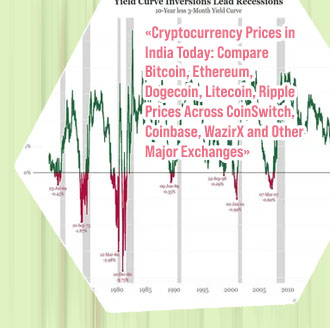
How much is 1 bitcoins worth
Bitcoin's value is a topic of interest for many investors and individuals looking to understand the cryptocurrency market. To help shed light on the question "How much is 1 bitcoin worth," we have compiled a list of three informative articles that will provide valuable insights into the factors influencing Bitcoin's price.
Understanding the Factors Affecting Bitcoin's Price

Bitcoin, the world's most popular cryptocurrency, has been subject to extreme volatility in its price over the years. Understanding the factors that influence Bitcoin's price is crucial for investors and traders looking to navigate this unpredictable market.
One of the key factors affecting Bitcoin's price is market demand. Just like any other asset, the price of Bitcoin is determined by supply and demand dynamics. When demand for Bitcoin increases, its price tends to rise, and vice versa. Factors such as regulatory developments, macroeconomic trends, and investor sentiment can all impact market demand for Bitcoin.
Another important factor is the supply of Bitcoin. With a fixed supply of 21 million coins, Bitcoin is designed to be deflationary. This means that as demand for Bitcoin increases, its price is likely to rise due to scarcity. On the other hand, factors such as mining difficulty adjustments and halving events can also impact the supply of Bitcoin and influence its price.
In addition to market demand and supply, other factors such as technological developments, security concerns, and geopolitical events can also affect Bitcoin's price. By staying informed and keeping track of these factors, investors can make more informed decisions when trading Bitcoin.
Analyzing Bitcoin's Historical Price Trends
Bitcoin has experienced significant price fluctuations since its inception in 2009. Understanding the historical price trends of this popular cryptocurrency can provide valuable insights for investors and traders alike. By analyzing past data, we can gain a better understanding of potential future price movements and make more informed decisions.
One key trend that has emerged from analyzing Bitcoin's historical price data is its tendency to go through boom-and-bust cycles. These cycles are characterized by sharp increases in price followed by steep declines. For example, in 2017, Bitcoin reached an all-time high of nearly $20,000 before crashing to around $3,000 in 2018. This pattern of rapid growth and subsequent correction has repeated itself multiple times throughout Bitcoin's history.
Another important trend to consider is the impact of external factors on Bitcoin's price. Events such as regulatory changes, macroeconomic trends, and technological developments can all influence the price of Bitcoin. For instance, the legalization of Bitcoin as a form of payment in certain countries has led to increased adoption and higher prices.
Overall, analyzing Bitcoin's historical price trends can provide valuable insights for investors looking to navigate the volatile cryptocurrency market. By studying past patterns and understanding the factors that influence price movements, investors can make more informed decisions and potentially maximize their returns.
Expert Predictions on the Future Value of Bitcoin
In recent years, Bitcoin has become a hot topic of discussion among investors, financial experts, and the general public. As the first decentralized digital currency, Bitcoin has experienced significant fluctuations in value since its inception in 2009. Many experts have attempted to predict the future value of Bitcoin, with varying degrees of success.
One of the most well-known predictions came from the Winklevoss twins, who famously claimed that Bitcoin could reach a value of $500,000 per coin. While this prediction may seem ambitious, it is worth noting that Bitcoin has already experienced significant growth in value over the past decade. In 2010, the value of one Bitcoin was less than $0.01, but by the end of 2020, it had surpassed $20,000.
Other experts have been more conservative in their predictions, with some suggesting that Bitcoin's value could stabilize around $100,000 per coin in the coming years. These predictions are based on factors such as increased adoption of Bitcoin as a form of payment, growing interest from institutional investors, and the finite supply of Bitcoin.
Overall, the future value of Bitcoin remains uncertain, with experts offering a wide range of predictions. While some believe that Bitcoin could reach astronomical heights, others are more cautious in their outlook. It